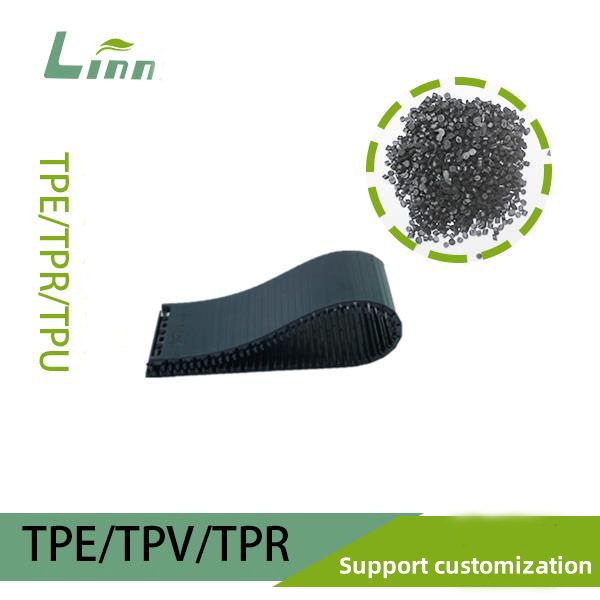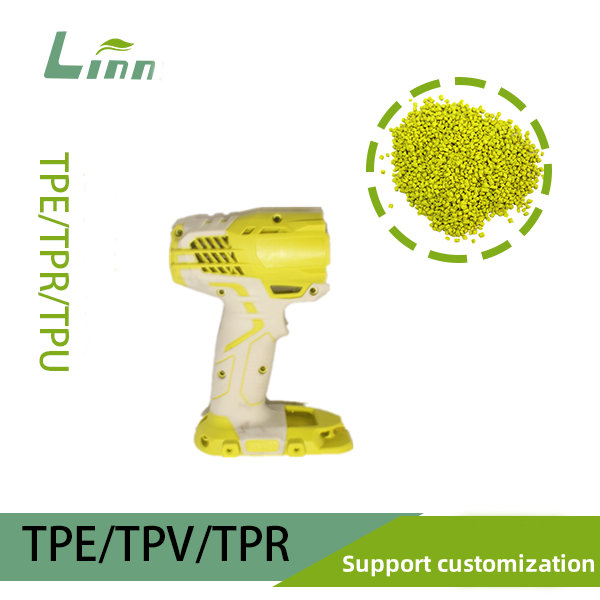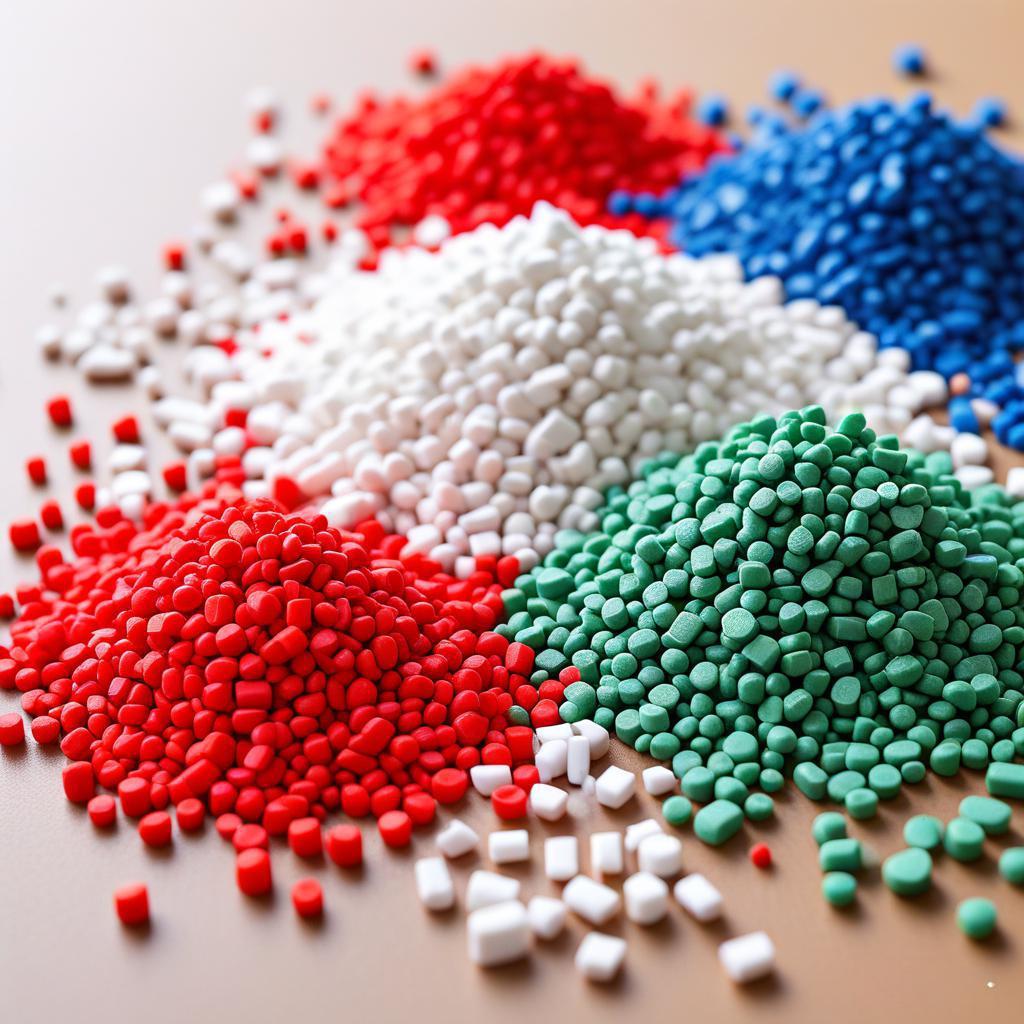For over two decades, I’ve been knee-deep in the polymer world, tinkering with compounds in labs that smell faintly of molten plastic and troubleshooting on production lines where the whir of extruders is a constant companion. Thermoplastic elastomers (TPEs) are like old friends to me—versatile, forgiving, yet stubborn when you least expect it. But when their hardness goes off-script, it’s like your trusty friend showing up late and out of sorts. One batch might feel like a soft handshake, the next as rigid as a board, throwing your product specs into chaos. I’ve lived that frustration—like the time a client’s TPE grip for a power tool came back from testing with Shore A readings all over the map, costing weeks of rework and some tense meetings.

When folks search for why TPE hardness is inconsistent, they’re not after a chemistry lecture—they’re grappling with real headaches. Maybe your automotive seals are too soft, failing pressure tests, or your medical tubing’s too stiff, flunking flexibility specs. The stakes are high: inconsistent hardness can tank performance, spike scrap rates, and erode trust with customers. The root causes? They range from sloppy blending to sneaky environmental factors, each chipping away at the precision you need. You want your TPE to hit that sweet spot—reliable, repeatable, like a favorite song that never skips. This article’s your guide, packed with insights from years of trial and error, practical fixes, and a few war stories from the factory floor. Let’s unravel the mystery and get your TPE back on track.
The Hardness Puzzle: What’s Throwing TPEs Off?
Hardness in TPEs, typically measured on the Shore A or D scale, reflects how the material resists indentation—like a handshake that’s firm but not crushing. For TPEs, it’s a dance between the hard thermoplastic phase (think stiff polypropylene or polystyrene blocks) and the soft rubbery phase (like ethylene-butylene or butadiene). When hardness varies, it’s a sign the dance is out of sync. Maybe the soft segments are overpowered, or the hard blocks aren’t playing nice. The culprits? They’re a rogue’s gallery of formulation, processing, and external gremlins.
Inconsistent blending is a big one. If your filler oil or additives aren’t evenly dispersed, you get pockets of softness or rigidity—think of a poorly mixed cake batter with clumps of flour. Processing conditions can also betray you; too much heat or shear can degrade chains, softening the mix unpredictably. Material variability—like batch-to-batch differences in resin or oil—adds another layer of chaos. And don’t overlook environmental factors: humidity or storage mishaps can alter TPE morphology before it even hits the mold.
I learned this lesson early in my career, around 2005, when a TPE footwear sole project went haywire. We aimed for Shore A 70, but samples ranged from 65 to 80. The client was ready to pull the plug. After sleepless nights and countless tests, we traced it to inconsistent oil dosing—our feeder was off by 5%, enough to throw the whole blend into disarray. That near-disaster taught me: precision isn’t optional; it’s the heartbeat of reliability.
The impact? Hardness swings of just 5 Shore A points can cut tensile strength by 20% or spike compression set, failing specs like ASTM D2240. But here’s the silver lining: with targeted tweaks, you can lock in consistency, hitting your target hardness within ±2 points, batch after batch. It’s not magic—it’s methodical, with a dash of grit.
Formulation Fumbles: Getting the Mix Right
Your TPE recipe is like a chef’s signature dish—every ingredient matters. Filler oils are often the biggest troublemakers. Paraffinic oils soften SEBS-based TPEs, but overdo it, and you’re left with a mushy mess; underdose, and it’s stiff as a plank. Aim for 1.2-1.5 times the base resin’s absorption capacity. I once worked on a medical grip where inconsistent naphthenic oil (too aromatic in some lots) caused hardness to jump 10 points. Switching to a tightly controlled paraffinic oil and calibrating to 30 phr fixed it, landing us dead-on at Shore A 60.
Polymer ratios are just as critical. Too much hard phase (e.g., polypropylene in TPVs) spikes hardness; too little, and it’s a floppy failure. For styrenic TPEs like SEBS, a styrene-to-rubber ratio of 30:70 often balances flexibility and strength. Additives like calcium carbonate or silica can also shift hardness—5 phr too much, and you’re pushing past your target. In a cable sheathing project, I cut filler by 3 phr, and hardness stabilized, saving a production run.

Compatibilizers bridge the gap, ensuring oils and polymers play nice. Maleic anhydride-grafted SEBS at 2 phr can tighten phase dispersion, reducing hardness variation by 15%. And don’t sleep on masterbatches—pre-mixed additives ensure uniformity, unlike hand-mixing that risks clumps.
Here’s a quick guide to formulation factors:
|
Component |
Role in Hardness |
Risk of Inconsistency |
Fix Tip |
|---|---|---|---|
|
Filler Oil |
Softens matrix |
Over/under-dosing |
Calibrate to 1.2-1.5x |
|
Polymer Ratio |
Balances soft/hard |
Batch variability |
Lock in 30:70 for SEBS |
|
Compatibilizer |
Enhances phase mixing |
Poor dispersion |
Add 1-2 phr MA-g-SEBS |
Nail these, and your TPE’s halfway to rock-solid consistency.
Processing Pitfalls: Where Precision Meets Practice
Even the best recipe flops without proper cooking. Extrusion conditions are a minefield. High shear (above 300 rpm) in a twin-screw extruder can degrade soft segments, softening the TPE unpredictably. Low shear? You risk uneven mixing, with hardness swinging wildly. I once saw a batch of TPE seals hit Shore A 75 instead of 70 because the screw speed crept up to 350 rpm—subtle, but enough to skew results.
Temperature control is non-negotiable. Overheating (above 220°C) volatilizes oils, hardening the mix; too cool (below 180°C), and you get poor fusion. Keep it at 190-200°C for most SEBS blends. In a tubing run, I caught a 10°C overshoot in the die zone, causing a 7-point hardness spike. A quick recalibration saved the day.
Feeding accuracy is another gotcha. Gravimetric feeders beat volumetric ones hands-down—±1% precision versus ±5%. When I switched a client to gravimetric for a TPV automotive part, hardness variation dropped from ±6 to ±2 points. Cooling rates matter too—rapid quenching locks in amorphous structures, softening the TPE; slow cooling boosts crystallinity, firming it up. Annealing at 80°C for 4 hours post-extrusion can even out these quirks, tightening hardness control.

Material Variability: Taming the Raw Material Beast
Raw materials aren’t always the saints you hope for. Resin batch differences—like molecular weight shifts in SEBS—can nudge hardness up or down. A supplier once sent us SEBS with a 10% Mw variance, and our grips went from Shore A 65 to 72. Testing incoming lots with GPC (gel permeation chromatography) caught it early next time. Oil quality varies too—aromatic content in paraffinic oils can fluctuate, softening blends unpredictably. Spec a viscosity index (e.g., 200-300 cSt) and stick to trusted suppliers.
Storage conditions are sneaky culprits. TPE pellets exposed to humidity absorb water, altering flow and hardness post-processing. I’ve seen pellets stored in a damp warehouse push hardness down 5 points due to plasticization. Store in sealed bags with desiccants, ideally below 25°C. A quick FTIR scan can flag moisture before it bites you.
This table highlights material checks:
|
Material Issue |
Impact on Hardness |
Detection Method |
Prevention Tip |
|---|---|---|---|
|
Resin Mw Shift |
±5-10 Shore A points |
GPC analysis |
Spec tight Mw range |
|
Oil Variability |
Softens unpredictably |
Viscosity index check |
Use consistent supplier |
|
Moisture Uptake |
Softens matrix |
FTIR for water peaks |
Store with desiccants |
Catch these early, and you dodge major headaches.
Environmental and Testing Traps
Your TPE doesn’t live in a vacuum—environmental exposure during storage or testing can skew hardness. High humidity plasticizes the matrix, dropping hardness; heat exposure (e.g., 50°C in a warehouse) can prematurely crystallize it, stiffening the blend. I once traced a hardness issue in TPE films to a shipping container baking at 60°C during transit—samples hit Shore A 80 instead of 70. Climate-controlled storage fixed it.
Testing inconsistencies are another trap. Shore A durometers need calibration—worn tips or operator error can skew readings by 3-5 points. Standardize with ASTM D2240, and test at consistent temps (23°C). In a medical device run, inconsistent probe pressure caused a ±7-point spread. Training operators and automating measurements tightened it to ±1.
Real-World Fixes: Stories from the Shop Floor
Flashback to 2010: a TPE handle for kitchen appliances was all over the place—Shore A 60 to 75 across batches. The culprit? Inconsistent oil dosing from a faulty volumetric feeder. Switching to gravimetric and locking in 25 phr paraffinic oil nailed the target, and the client’s assembly line hummed again. That win felt like hitting a home run after a losing streak.
Another case: automotive weatherstrips in 2018. Hardness varied by 8 points due to resin Mw drift. We implemented incoming GPC checks and adjusted PP content by 2%, stabilizing at Shore A 65. The client’s relief at passing OEM specs? Priceless.

The Path Forward: Consistency Is King
Looking ahead, smart compounding—like real-time rheology monitoring—promises tighter control. Bio-based TPEs are gaining ground, with some grades offering inherently stable Mw for predictable hardness. And automation in dosing and testing? It’s slashing human error, making ±1-point precision the new norm.
Hardness inconsistency isn’t a death sentence—it’s a puzzle you can solve with precision, patience, and a bit of craft. Your TPE can be a rockstar, hitting its mark every time. Got a batch misbehaving? Dive in, tweak, and test—the solution’s closer than you think.
Q&A: Your TPE Hardness Questions Answered
Q: Why’s my TPE softer than spec in some batches?
A: Check your oil dosing—too much softens the mix. A gravimetric feeder and tight specs (1.3x absorption) can lock it in. Had a grip go mushy once; 5% less oil fixed it.
Q: Can humidity really mess with hardness?
A: Oh, yeah. Moisture in pellets plasticizes the matrix, dropping hardness by 3-5 points. Store dry with desiccants; saved a tubing run that way.
Q: How do I catch resin issues early?
A: GPC for molecular weight—it flags Mw swings that shift hardness. Caught a bad SEBS lot once, saved a production disaster.
Q: Is hand-mixing additives a bad idea?
A: Risky—clumps cause uneven hardness. Masterbatches or high-shear mixing are your friends. Learned that after a lumpy batch tanked a client demo.
Q: Testing’s giving me wild readings—what’s up?
A: Calibrate your durometer and standardize at 23°C. Operator quirks can skew results. Automated testers cut my variance to ±1 point on a seal project.





